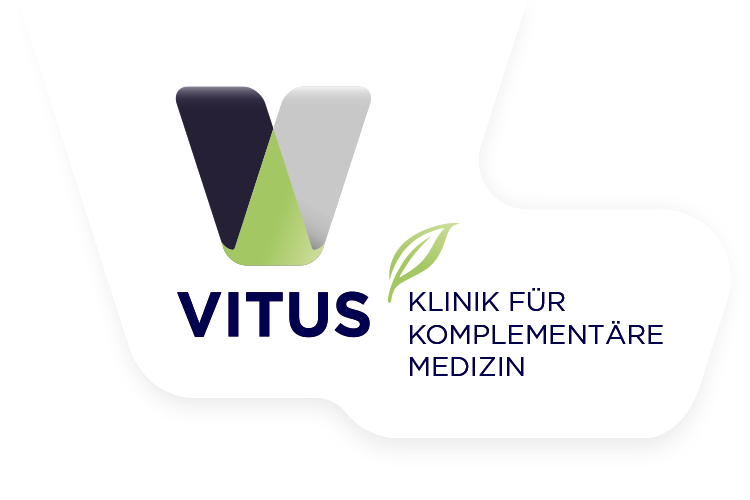Senolytic therapy revolutionizes COPD treatment
The breakthrough for a better quality of life
Chronic obstructive pulmonary disease (COPD) is a debilitating and progressive lung disease that affects millions of people worldwide.
COPD can severely affect patients’ quality of life due to symptoms such as shortness of breath, chronic coughing and impaired lung function. Conventional treatments, including bronchodilators and steroids, aim to relieve the symptoms but often fall short when it comes to tackling the causes of COPD. However, a promising breakthrough in the field of COPD treatment has been achieved with the use of senolytics – drugs that specifically eliminate senescent cells. In this article, we explore how senolytic therapy is changing the landscape of COPD treatment and how VITUS Private Clinic is at the forefront of making this innovative therapy available to patients.
Senolytics and COPD
A paradigm shift
Promising results with senolytic drugs.
Senescence is a condition in which cells lose their ability to divide and function properly. In COPD, senescent cells accumulate in the lungs due to chronic inflammation and exposure to toxins such as cigarette smoke. These senescent cells contribute to inflammation, fibrosis and tissue damage and ultimately exacerbate the disease. Senolytic drugs target and eliminate these senescent cells, paving the way for healthier lung tissue and improved lung function.
Several senolytics have shown in preclinical studies that they can reduce the burden of senescent cells in the lungs of COPD patients. These drugs trigger apoptosis, or programmed cell death, in senescent cells so that the body can eliminate them. The result is a reduction in inflammation, improved lung function and possibly a slowing of the course of the disease.
Talk to us on 069 50 50 00 948 or send us an e-mail using the contact form.
Effects on quality of life
Senolytic therapies can noticeably improve the quality of life.
The introduction of senolytic therapy has great potential for improving the quality of life of COPD patients. Because senolytics target the root cause of the disease – the ageing cells – rather than just treating the symptoms, they offer the potential for long-term benefits.
Improved lung function
The removal of senescent cells can lead to increased lung capacity and better airflow, reducing the severity of breathlessness and promoting physical activity.
Less inflammation
Senolytics can reduce the chronic inflammation associated with COPD, potentially reducing the frequency and severity of exacerbations and hospitalizations.
Slowing down the course of the disease
Removing senescent cells can slow down the progression of COPD and give patients more time before they reach advanced stages of the disease.
Improved quality of life
By improving lung function and reducing symptoms, COPD patients can enjoy a better quality of life, carry out everyday activities and participate more comfortably in social and leisure activities.
The commitment of the
VITUS Private Clinic
We have recognized the potential of senolytic drugs in the treatment of COPD patients.
The VITUS Clinic, a leading institution in the field of medical research and innovation, is at the forefront when it comes to providing COPD patients with senolytic therapy. Recognizing the potential of senolytics to transform COPD treatment, the VITUS Clinic has embarked on groundbreaking research, clinical trials and treatment protocols tailored to COPD patients.
The VITUS Clinic’s approach to senolytic therapy for COPD patients includes personalized treatment plans, close monitoring of progress and a multidisciplinary team of experts dedicated to achieving the best possible outcomes. Through rigorous clinical trials and research collaborations, the clinic is constantly pushing the boundaries of senolytic therapy and seeking to optimize its efficacy and safety.
The VITUS Clinic‘s commitment to making senolytic therapy accessible to COPD patients also extends to advocating for reimbursement by health insurance companies and raising awareness among healthcare providers. It is also working on partnerships with pharmaceutical companies to ensure the availability of senolytic drugs and therapies for patients worldwide.
Conclusion
Senolytic therapy represents a revolutionary approach to COPD treatment that has the potential to improve patients’ quality of life and slow the progression of this debilitating disease. Thanks to the pioneering work of institutions such as the VITUS Clinic, senolytics are no longer a distant promise but a tangible hope for COPD patients. If research continues to progress, we can look forward to a future where senolytic therapy becomes a standard part of COPD treatment, offering patients a better and more comfortable future.

